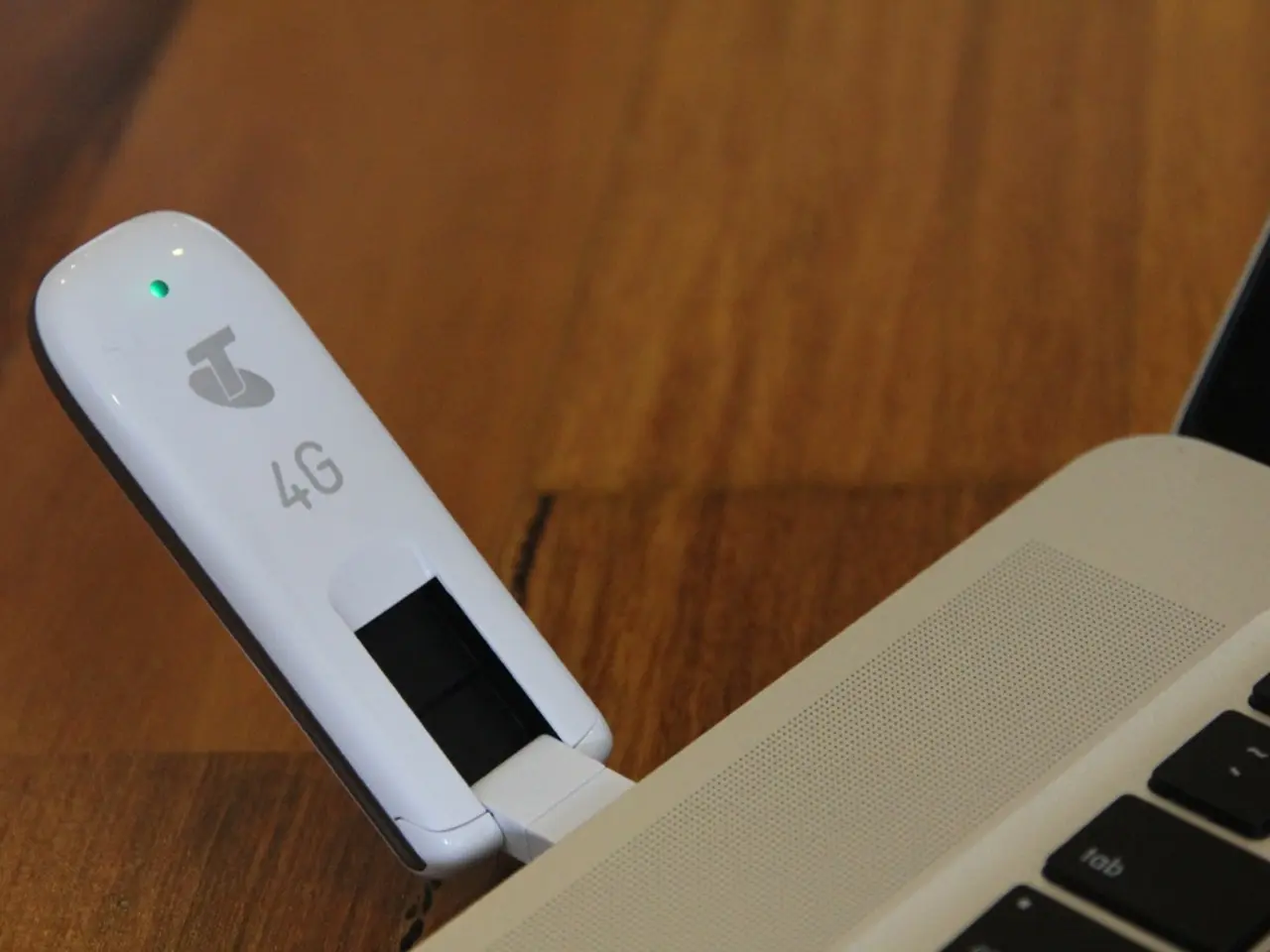Delving into the Terrain of IoT Connectivity Methods - Advantages, Applications, and Obstacles
In today's digital age, Internet of Things (IoT) connectivity solutions are revolutionizing the way businesses operate, driving growth and digital transformation. These powerful tools enable enterprises to easily expand and adapt their IoT network technologies, offering scalability and innovation.
IoT connectivity is the lifeblood of the IoT ecosystem, the means by which devices, sensors, and systems connect and communicate over a network, typically the Internet. It provides improved customer experiences through personalized and responsive services, enhances operational efficiency by monitoring and managing processes in real time, and ensures maximum safety by providing continuous monitoring and alerts in high-risk industries.
Satellite-enabled tracking systems, for instance, monitor the location and status of ships and cargo, ensuring safety and compliance even in the open ocean. On the other hand, LoRaWAN, with its ability to facilitate long-range communication with minimal power consumption, is well-suited for IoT devices and base stations spanning vast areas or operating in challenging environments, such as in smart agriculture applications where it is used to monitor soil moisture levels, weather conditions, and crop health in vast farmlands.
However, LoRaWAN's low bandwidth and high latency may restrict the types of applications and use cases it can support. In contrast, Wi-Fi, which accounts for 31% of all connections within the IoT, is commonly used in smart home devices, office environments, retail spaces, and healthcare facilities, providing high-speed data transmission with no or little lag. Zigbee and Z-Wave, widely used in smart home environments, offer solutions for lighting control, HVAC automation, and security systems.
Bluetooth, constituting around 27% of all IoT connectivity technologies, is suitable for wearable devices, beacon technology, and asset tracking. Hybrid connectivity, the integration of multiple connectivity technologies in one IoT solution, allows you to leverage the potential of each technology to optimize performance, coverage, and power consumption based on specific use cases and requirements.
When choosing the right IoT connectivity options, consider the coverage area, bandwidth, battery consumption, cost, existing infrastructure, and conditions. Satellite communication offers global coverage and can handle vast troves of data, providing communication capabilities in remote and underserved areas where traditional terrestrial networks are unavailable or impractical. However, it often comes at a higher cost, including equipment costs, subscription fees, and data transmission fees, which may be prohibitive for some IoT deployments.
Ethernet connections, while limited by cable length, offer reliable wired connectivity for IoT deployments, ensuring stable, high-speed data transmission with no or little lag. This makes it an ideal choice for industrial automation settings, where real-time monitoring and control of production equipment are essential for seamless operation and minimizing downtime.
The global IoT market is projected to reach $1,387 billion by 2024 and $2,227 billion by 2028, indicating a bright future for IoT connectivity solutions. Companies currently investing most strongly in these technologies include large enterprises integrating end-to-end IoT solutions into existing systems, the IoT/Fintech startup ryd backed by Mastercard and a premium German automaker for European expansion, and security tech firms like Giesecke+Devrient focused on eSIM technology to enhance IoT device management.
In conclusion, IoT connectivity solutions are transforming industries by streamlining operations, enhancing efficiency, improving decision-making, and delivering better user experiences. As the market continues to grow, businesses must carefully consider their IoT connectivity options to optimize their solutions for their specific needs and requirements.








